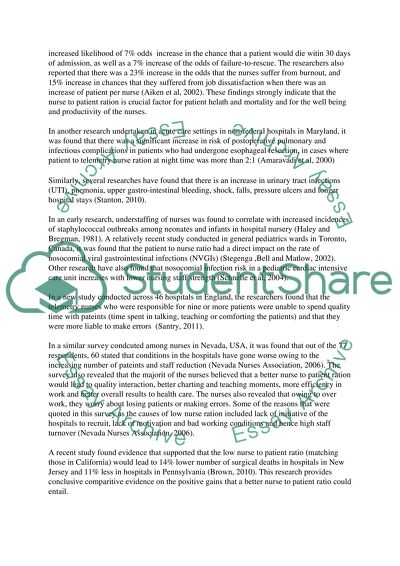Cite this document
(“Evidence Base Research: Impacts of High Nurse to Patient Ratios Research Paper”, n.d.)
Retrieved de https://studentshare.org/nursing/1432976-evidence-base-research-impacts-of-high-nurse-to-patient-ratios
Retrieved de https://studentshare.org/nursing/1432976-evidence-base-research-impacts-of-high-nurse-to-patient-ratios
(Evidence Base Research: Impacts of High Nurse to Patient Ratios Research Paper)
https://studentshare.org/nursing/1432976-evidence-base-research-impacts-of-high-nurse-to-patient-ratios.
https://studentshare.org/nursing/1432976-evidence-base-research-impacts-of-high-nurse-to-patient-ratios.
“Evidence Base Research: Impacts of High Nurse to Patient Ratios Research Paper”, n.d. https://studentshare.org/nursing/1432976-evidence-base-research-impacts-of-high-nurse-to-patient-ratios.


